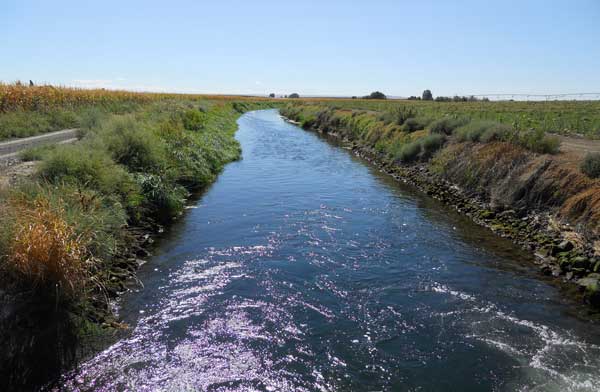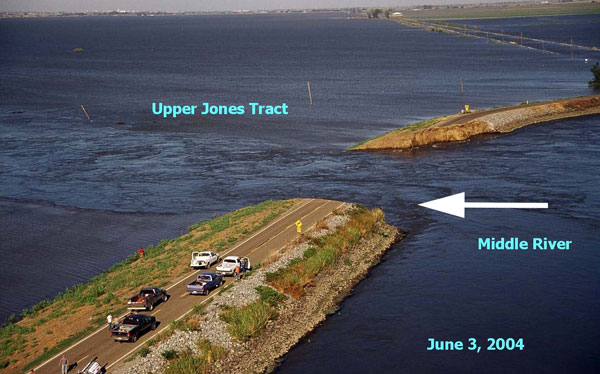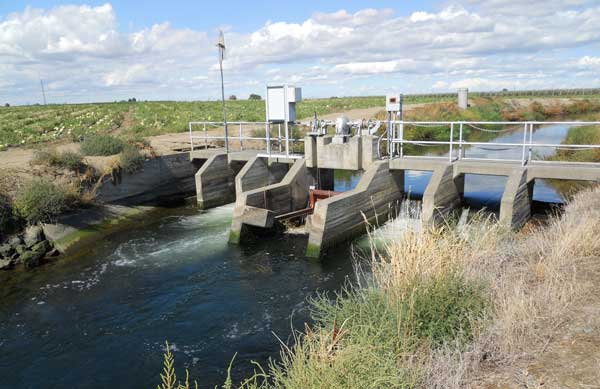Expert Witness and Peer Review
As an expert in the area of hydrogeology, Richard Martin has been sought out to perform peer review of other consultants’ work and to serve as an Expert Witness on legal cases. He is known for his attention to detail, his focus on the available technical data, and his forthright approach to his opinion on a project. From testifying in federal court to providing opinion papers for small community groups, Richard can be relied upon to provide you exceptional knowledge and technical expertise.
As a trial lawyer whose practice includes the representation of irrigation districts within the Columbia Basin Project, I frequently am in need of experts in the field of hydrogeology. Richard undertook a forensic case for me of landmark proportions, and with his assistance we prevailed in both the trial court and court of appeals. I will not defend an irrigation district without him. - Andrew C. Bohrnsen
Bohrnsen, Stocker, Smith, Luciani and Staub
MacHugh/Jackass Mountain Ranch vs
South Columbia Basin Irrigation District (SCBID)

South Columbia Basin Irrigation District canal
On June 20, 2006, a large landslide swept down from the eastern bluffs above the Columbia River and through an orchard near Richland, Washington. The plaintiff claimed that improper irrigation practices and lack of maintenance by the SCBID led to the slide. As an expert witness for the case on behalf of the SCBID, Richard reviewed existing information, evaluated subsurface conditions in the vicinity of the landslide, and authored an opinion paper on groundwater in the area, water movement in the subsurface, and sources of water that may have led to the landslide. His work demonstrated that the SCBID was not the cause of the landslide and was key in defending the SCBID, resulting in a successful defense in both the trial court and the court of appeals.
Widener vs King County
In Widener vs King County, Richard Martin testified in Federal Court as an expert witness for King County. In this case, the plaintiff claimed that road work performed by King County near the plaintiff’s property caused a change in groundwater flow conditions resulting in damage to the property including ground settlement and degradation of a water supply well. Richard demonstrated to the jury, using basic hydrogeologic principles and subsurface data from the site, that it was impossible for the road work to have influenced groundwater flow as claimed and the most likely cause of the property damage was ongoing bank erosion and bank instability on the river side of the property. The claim was quickly dismissed by the jury.
Issaquah Highlands Peer Review
Richard was on the peer review team that worked with the City of Issaquah to review the operation of stormwater infiltration systems as part of the stormwater management program for the Issaquah Highlands development. The City requested the review following the January 30, 2004, Camp Creek Landslide. Richard reviewed soil and groundwater conditions associated with infiltration structures at Issaquah Highlands, provided comments regarding the “White Paper” and other documents prepared by the City and their consultants, responded to public comments regarding the landslide and infiltration operations, and presented his review to the Issaquah City Council.
California Department of Water Resources Peer Review

Jones Tract Levee breach
In June of 2004, a 250-foot wide levee breach flooded the 12,000-acre Jones Tract on the Middle River. An emergency repair closed the breach, however ongoing seepage near the toe of the levee caused concern about future stability of the repaired section. Richard was asked to review the levee repair project and to evaluate seepage conditions regarding the Jones Tract. Richard developed a three-dimensional computer seepage model to evaluate hydraulic gradients through the repair to determine if there is piping of native soil underneath the levee. The results of his analysis were used to decide if additional work is necessary to control seepage through the repaired portion of the levee and may provide a basis for design of future levee repair projects in the area.

